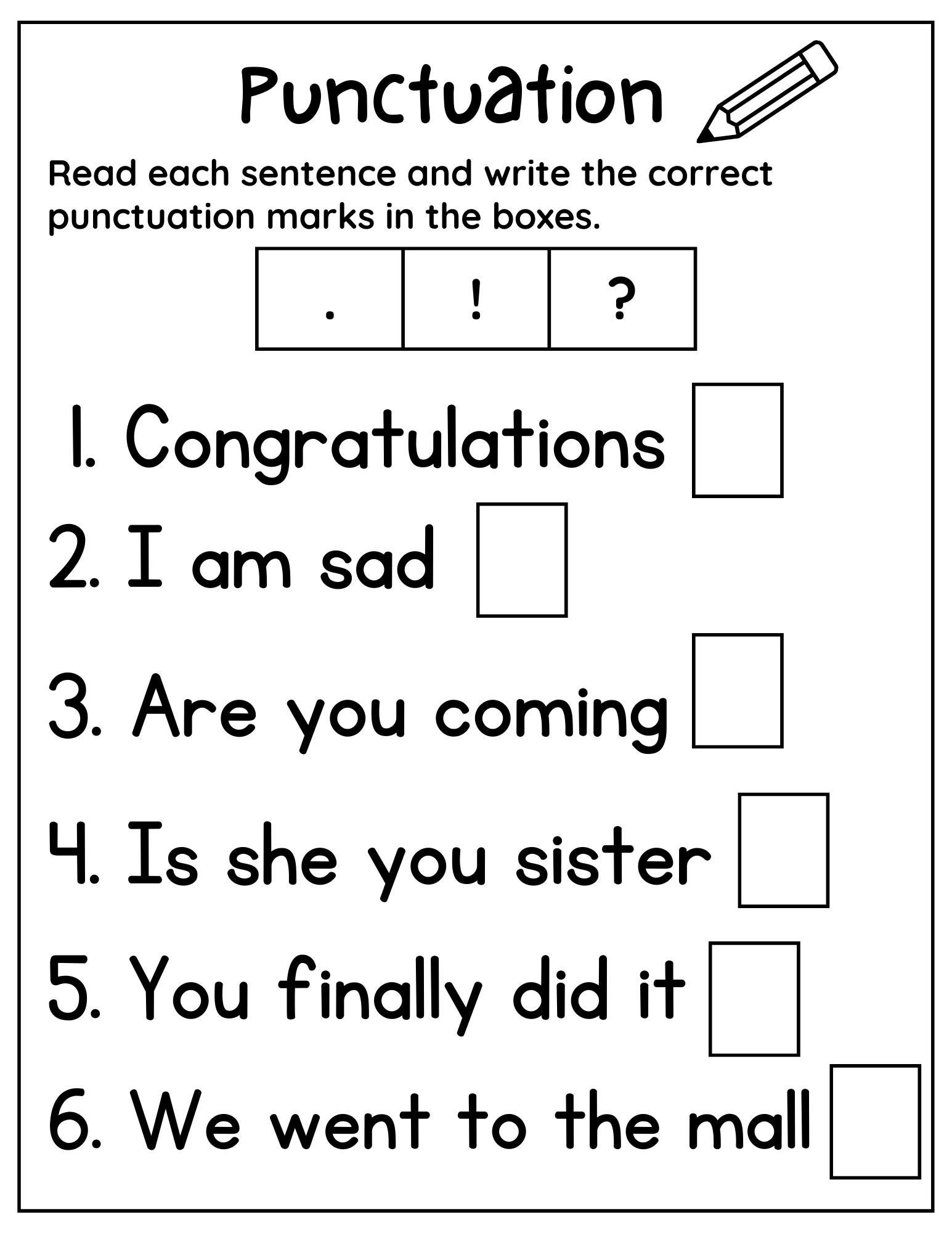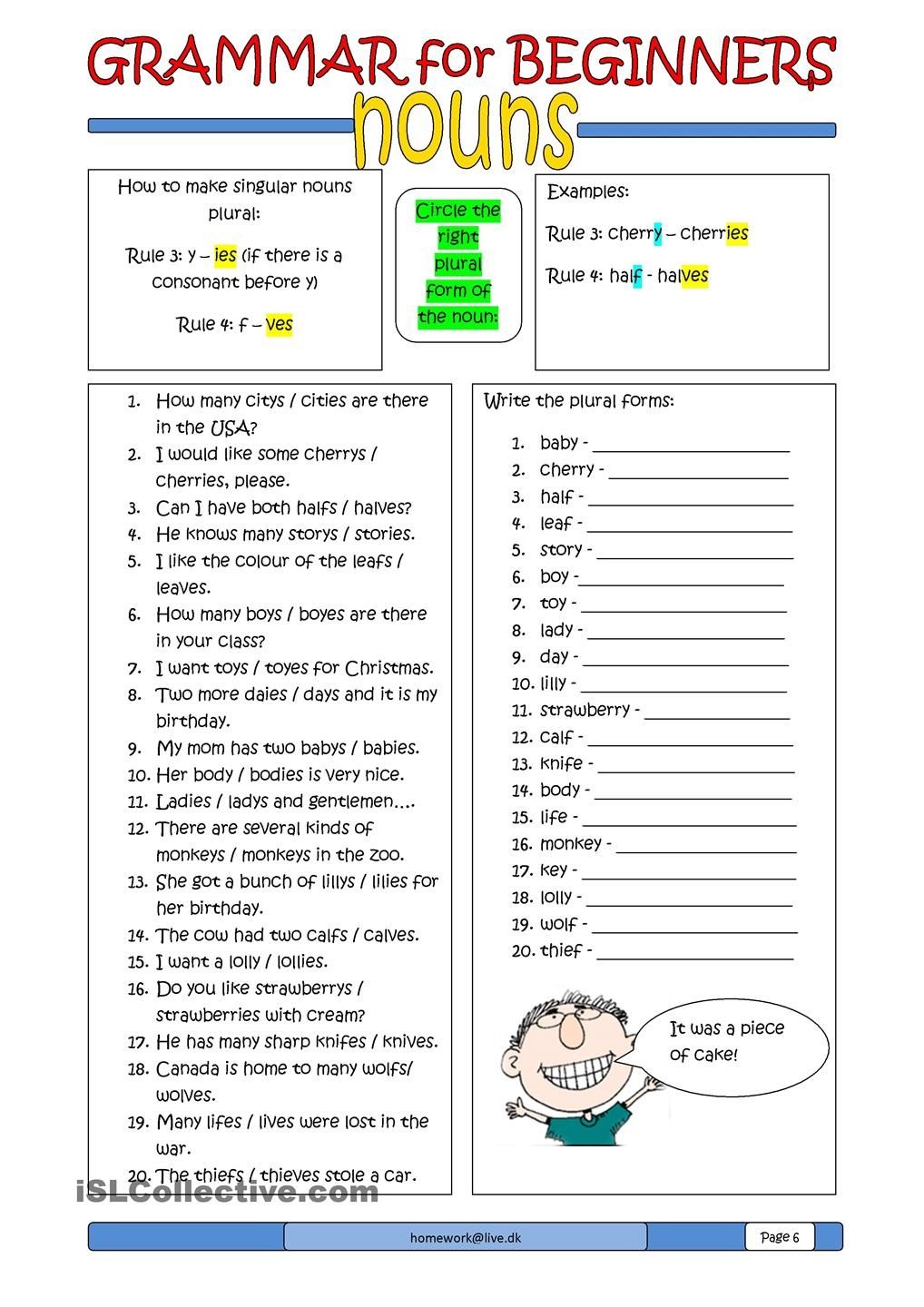
Unlocking Language Mastery: Engaging Grammar Activities for Effective Learning
Grammar, often perceived as the rigid skeleton of a language, is undeniably the bedrock upon which effective communication is built. Without a solid grasp of grammatical structures, even the most eloquent vocabulary can fall flat, leading to misunderstandings and a lack of clarity. However, the traditional approach to grammar instruction – rote memorization of rules, endless worksheets, and drills – often stifles enthusiasm and leaves learners feeling overwhelmed and disengaged. The key to transforming this often-dreaded subject into an exciting journey of discovery lies in the strategic implementation of dynamic and interactive grammar activities.
These activities move beyond passive learning, encouraging active participation, critical thinking, and real-world application. They transform abstract rules into tangible tools, allowing learners to internalize grammar naturally through context and experience. This article will delve into a comprehensive array of grammar activities designed to make learning engaging, memorable, and ultimately, more effective for students of all levels.
The Shift from Rote to Relational: Why Activities Matter

Before exploring specific activities, it’s crucial to understand the pedagogical shift they represent. Traditional grammar teaching often focuses on declarative knowledge – knowing what a rule is. Effective grammar activities, however, aim for procedural knowledge – knowing how to use the rule in various contexts. This active application fosters deeper understanding, improves retention, and builds confidence. When learners are actively constructing sentences, solving puzzles, or communicating ideas using specific grammatical structures, the learning becomes meaningful and lasting.

Categories of Engaging Grammar Activities

The spectrum of effective grammar activities is vast, but they can generally be categorized based on their primary focus and the skills they aim to develop:

1. Interactive & Communicative Activities

These activities emphasize speaking and listening, making grammar a tool for real-time communication.
- Role-Playing Scenarios: Assign roles and situations that necessitate the use of specific grammar points. For instance, a job interview scenario might require the use of past tenses for experience and future tenses for aspirations. A doctor-patient dialogue could focus on modal verbs for advice or conditional sentences for symptoms.
- Information Gap Activities: Learners work in pairs or small groups, each possessing different pieces of information required to complete a task. To bridge the "gap," they must ask questions and provide answers using target grammar. Example: describing a picture to a partner who must draw it, using prepositions of place.
- Debates and Discussions: Structure debates around controversial topics, requiring participants to use logical connectors, conditional clauses (e.g., "If we implement this, then…"), and expressions of opinion. This forces learners to apply grammar for persuasive communication.
- "Find Someone Who…" Bingo: Create a bingo card with squares like "Find someone who has traveled abroad (present perfect)" or "Find someone who can play an instrument (modal verb ‘can’)." Learners circulate, asking questions to find classmates who fit the descriptions, practicing question formation and specific tenses.


2. Gamified Activities
Turning grammar practice into a game significantly boosts engagement and reduces anxiety, making learning feel less like work.

- Grammar Charades/Pictionary: Learners act out or draw concepts that represent grammar points. For example, acting out an action for the past continuous, or drawing a sequence of events for past perfect.
- Grammar Board Games: Create custom board games where landing on a square requires answering a grammar question, completing a sentence, or correcting an error. Points are awarded for correct answers.
- Online Quizzes (Kahoot!, Quizlet Live, Blooket): These platforms allow teachers to create interactive quizzes that are highly competitive and engaging, providing instant feedback and a fun learning environment.
- Sentence Scavenger Hunt: Hide sentences around the classroom or school, each containing a specific grammar point. Learners find them and complete a task related to the grammar (e.g., identify the adverb, change the tense).

3. Writing-Focused Activities
These activities help learners apply grammar rules in written expression, improving accuracy and coherence.
- Sentence Combining: Provide simple sentences and challenge learners to combine them into more complex, grammatically correct ones using conjunctions, relative clauses, or participial phrases.
- Paragraph Building with Constraints: Assign a topic and a list of grammar points that must be included in a short paragraph (e.g., "Write about your dream vacation using at least two conditional sentences, three adjectives, and one adverb of frequency").
- Error Correction Tasks: Present sentences or short paragraphs with intentional grammatical errors. Learners identify and correct them, explaining the rule. This can be done individually or in pairs for peer correction.
- Chain Stories: One student starts a story with a sentence, and the next student adds a sentence, building upon the previous one while incorporating a specific grammar point or maintaining a consistent tense.
4. Technology-Enhanced Activities
Leveraging digital tools can make grammar practice dynamic and accessible.
- Interactive Grammar Websites/Apps: Utilize platforms like Grammarly, Duolingo, or dedicated grammar websites that offer interactive exercises, explanations, and immediate feedback.
- Video Analysis: Watch short video clips or movie scenes and analyze the dialogue for specific grammar points (e.g., identifying reported speech, passive voice, or different tenses used in natural conversation). Learners can then create their own dialogues.
- Podcast Creation: Students can script and record short podcasts on a given topic, focusing on accurate grammar in their spoken delivery. This is excellent for practicing narrative tenses or persuasive language.
- Digital Storytelling: Using tools like Google Slides, Canva, or specialized storytelling apps, students can create visual narratives, ensuring their written captions and dialogues adhere to target grammar rules.
5. Contextual & Real-World Activities
Connecting grammar to authentic materials and real-life situations makes it more relevant and memorable.
- Song Lyric Analysis: Choose songs that prominently feature a specific grammar point (e.g., conditional songs for "If I were a boy…"). Analyze the lyrics, discuss their meaning, and identify the grammatical structures.
- News Article Deconstruction: Read a news article and highlight examples of passive voice, reported speech, or specific verb tenses. Discuss why those structures were used in that context.
- Recipe Analysis: Analyze recipes for imperative verbs and sequence adverbs (first, next, then). Learners can then write their own recipes.
- Problem-Solving Scenarios: Present real-world problems (e.g., planning a trip, organizing an event) that require learners to use specific grammar for negotiation, planning, or decision-making.
6. Collaborative Activities
Working together fosters peer learning, communication, and shared responsibility.
- Peer Editing Workshops: Students exchange written work and provide constructive feedback on grammar, using checklists or rubrics. This enhances their own understanding of rules.
- Jigsaw Grammar: Divide a grammar topic into sub-sections. Assign each group a sub-section to become "experts" on. Then, reform groups with one expert from each sub-section, who then teach their part to the new group.
- Collaborative Writing Projects: Groups work together to create a story, a presentation, or a report, ensuring grammatical accuracy as a team.
- Grammar Relay Race: Teams compete to correctly complete sentences or identify errors, passing the task to the next member upon completion.
7. Creative & Expressive Activities
Encouraging creativity allows learners to internalize grammar by making it their own.
- Poetry Writing: Challenge students to write short poems (e.g., haikus for syllable count, limericks for rhyme and rhythm) that incorporate specific grammar points.
- Comic Strip Creation: Students draw or use templates to create comic strips, writing dialogue that uses target grammar (e.g., speech bubbles for direct speech, thought bubbles for indirect speech).
- Grammar Song Parodies: Learners rewrite the lyrics of popular songs, replacing them with grammar rules or examples, making them memorable through melody.
- "Grammar Story" Creation: Students invent short stories where a grammar rule is personified or where the plot revolves around a grammatical concept (e.g., a story about a verb that loses its tense).
Benefits of Implementing Engaging Grammar Activities
The deliberate incorporation of diverse grammar activities yields numerous benefits:
- Increased Engagement and Motivation: Fun and interactive tasks keep learners interested and reduce the monotony often associated with grammar.
- Deeper Understanding and Retention: Active application leads to a more profound understanding of rules and better long-term recall.
- Reduced Anxiety: A playful, low-stakes environment encourages experimentation and reduces the fear of making mistakes.
- Real-World Application: Activities bridge the gap between classroom learning and practical communication, showing learners the relevance of grammar.
- Improved Communication Skills: By using grammar in communicative contexts, learners naturally enhance their speaking, listening, reading, and writing abilities.
- Critical Thinking and Problem-Solving: Many activities require analysis, deduction, and creative solutions, fostering higher-order thinking skills.
- Personalized Learning: Activities can be easily adapted to different learning styles and proficiency levels, ensuring all students are challenged appropriately.
Tips for Effective Implementation
To maximize the impact of these grammar activities, consider the following:
- Clearly Define the Target Grammar: Before starting an activity, ensure learners understand which grammar point they are focusing on.
- Provide Clear Instructions: Ambiguous instructions can lead to confusion and frustration. Model the activity if necessary.
- Scaffold Learning: Start with simpler versions of activities and gradually increase complexity as learners gain confidence.
- Offer Constructive Feedback: Focus on progress and specific areas for improvement rather than just marking errors. Encourage self-correction.
- Encourage Creativity and Experimentation: Create a safe space where learners feel comfortable taking risks with the language.
- Vary Activity Types: Keep things fresh by rotating different categories of activities.
- Connect to Real-Life Contexts: Whenever possible, link grammar points to situations that are relevant and meaningful to the learners.
Conclusion
The journey to language mastery is multifaceted, and grammar, while foundational, doesn’t have to be a daunting hurdle. By embracing a pedagogical approach rich in engaging grammar activities, educators can transform abstract rules into dynamic, interactive tools for communication. These activities not only foster a deeper understanding and better retention of grammatical structures but also cultivate crucial communication skills, critical thinking, and a genuine love for the language. Moving beyond the confines of traditional drills, the power of these diverse grammar activities lies in their ability to make learning an active, enjoyable, and truly effective experience, ultimately unlocking the full potential of every language learner.
